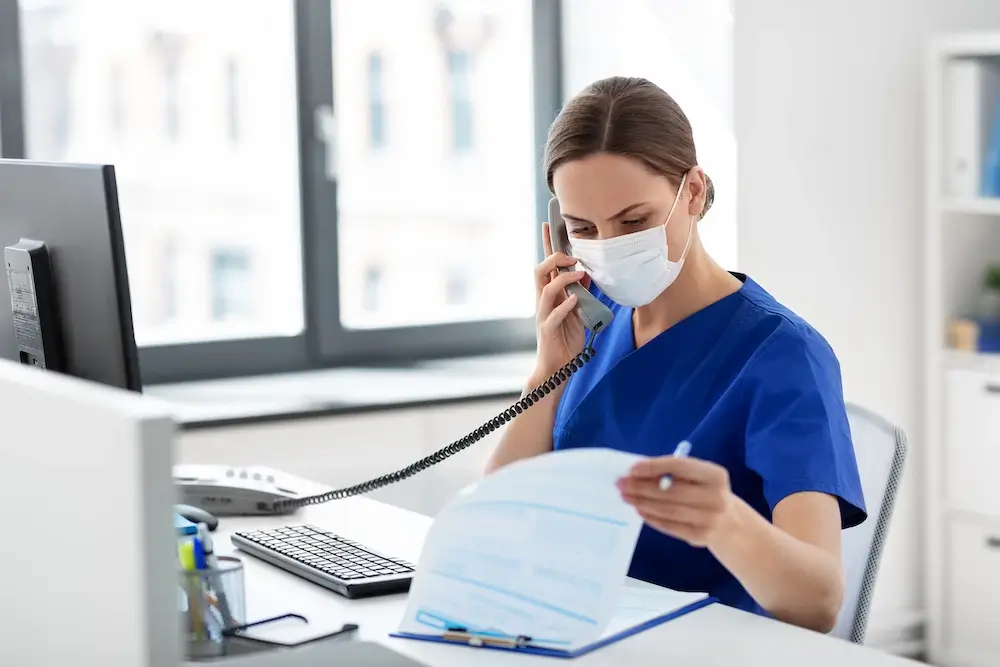The Crucial Role of Infection Control Surveillance in Long-Term Care Homes
Infection prevention and control (IPAC) are critical aspects of healthcare, especially in long-term care (LTC) homes where vulnerable residents reside. Infection control surveillance is the systematic and ongoing collection, analysis, and dissemination of data to ensure the efficacy of IPAC programs, protecting residents, healthcare providers, and visitors from healthcare-associated infections (HAIs). This blog post highlights the importance of infection control surveillance in LTC homes and its potential to enhance infection prevention practices and reduce HAIs.
Types of Surveillance
There are two primary types of infection control surveillance: process and outcome surveillance. Both play a crucial role in safeguarding the health of LTC residents.
- Process Surveillance
Process surveillance focuses on verifying whether established procedures and standards of practice are being followed. It ensures that an action plan is in place to improve practices when necessary. One of the significant advantages of process audits is the immediate feedback provided to healthcare providers, allowing for timely intervention and corrective measures.
Process audits are grounded in validated evidence that has been proven to improve outcomes. By consistently monitoring the adherence to infection control protocols, LTC homes can identify gaps and areas for improvement in their IPAC programs. This proactive approach helps prevent potential outbreaks and mitigates the spread of infections.
- Outcome Surveillance
Outcome surveillance monitors definable events or outcomes, such as the incidence of specific infections like surgical site infections, within a specific population. This type of surveillance is tailored to the specific needs of the LTC facility. Monitoring outcomes provides valuable data for assessing the effectiveness of IPAC practices and identifying areas where further interventions are required.
Outcome surveillance must be accompanied by a well-defined action plan that guides the LTC home toward quality improvement. By focusing on measurable outcomes, LTC homes can set achievable targets and continuously strive to enhance infection control measures.
Advancing Infection Prevention and Control Practices
Infection control surveillance is a powerful tool that can significantly advance infection prevention and control practices in LTC homes. By systematically collecting data, LTC facilities can:
- Identify Trends and Outbreaks: Surveillance allows LTC homes to identify trends in infections and promptly respond to potential outbreaks. Early detection helps prevent the spread of infections within the facility.
- Improve IPAC Compliance: Regular monitoring ensures that infection control protocols are consistently followed by staff, reducing the risk of infections.
- Enhance Staff Training: Surveillance data highlights areas where staff may require additional training or education in infection control practices.
- Facilitate Evidence-Based Decision-Making: By relying on validated evidence, LTC homes can make informed decisions to improve infection prevention strategies.
Overcoming Challenges in LTC Homes
LTC homes face unique challenges in implementing effective infection control surveillance. These challenges include:
- Staffing Constraints: Limited staff resources may impede the consistent collection and analysis of surveillance data.
- Limited Infection Control Knowledge: Some LTC homes may lack access to specialized infection control expertise, leading to potential gaps in IPAC practices.
- High Turnover in IPAC Leadership: Frequent changes in infection control leadership can disrupt surveillance efforts and consistency in infection control measures.
Infection control surveillance plays a pivotal role in enhancing infection prevention and control in long-term care homes. Both process and outcome surveillance provides valuable insights into the efficacy of IPAC programs, leading to timely interventions and continuous quality improvement. By investing in robust infection control surveillance practices, LTC homes can create a safer environment for their vulnerable residents, protect healthcare providers, and reduce the burden of healthcare-associated infections. It is essential for LTC homes to prioritize infection control surveillance to safeguard the well-being of their residents and promote a culture of proactive healthcare management.

